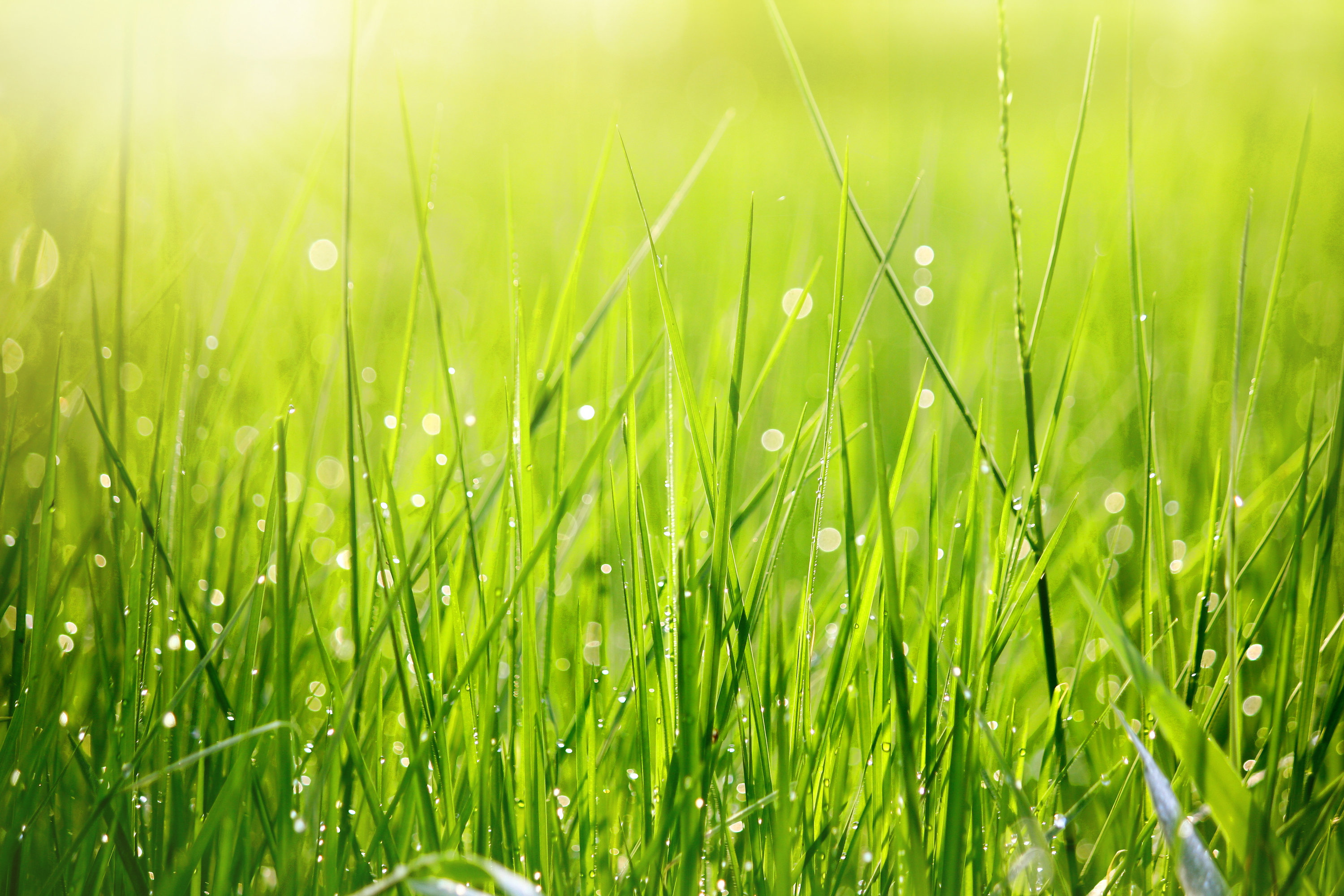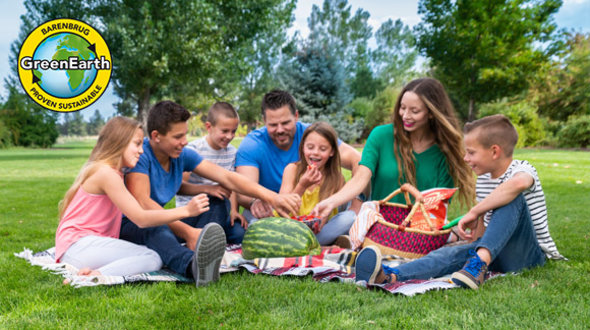In a couple of decades, the world's population is going to reach the figure of nine billion. More people means more mouths to feed: the growing population is putting a big strain on food production methods. Every company that is directly or indirectly involved in the food industry has a heavy responsibility because of this. We do not dodge this responsibility; we rise to the challenge of playing our part.
Grass plays a major role in the global food production industry. The growing world population and the increasing prosperity enjoyed by ever-higher numbers of people are leading to a greater demand for protein-rich foods. That means that the demand for dairy products just keeps on growing. Grass is the main building block for nutritious dairy products: it is the cheapest source of milk protein. Grass that is developed from just the right balance of genetics and technology makes for a healthy cow that gives the very best possible milk.
A higher production of both crude proteins per hectare and milk protein per cow is going to be needed so that the available agricultural land can be efficiently used to meet the increasing demand for dairy products. When grass does not contain enough nutrients, cows are often given food supplements such as soya. These products cost a lot more than grass, leading to higher production costs and more expensive milk. Reason enough to ensure that grass contains all the necessary nutrients so that cows don't need to be given expensive forage to supplement their diet.
Improving livestock productivity
To help farmers increase their milk production, we focus on developing added value traits. Our research programmes concentrate on a number of breeding goals. These goals are based on creating added value and indicate what needs to be developed in order to create benefits for the end user and improve livestock productivity. We are constantly looking for new ways to ensure a healthy future for the world’s population. That is our contribution to a better world for future generations.
An example, provided by Barenbrug research & development
An example of an added value trait is soft-leaved fescue, which is an ideal combination of structure and nutritional value. This grass promotes good general health in cattle: soft-leaved fescue improves the cows' resilience to rumen acidification because the structure of this variety promotes better rumination and saliva production. The high nutritional value and digestible cell walls of this grass also foster a higher milk production per hectare and a higher milk protein production per hectare. Last but not least, this grass has very long roots which make optimum use of minerals in the soil: it can easily absorb nitrogen, phosphate and potassium in places where other grasses cannot reach. So farmers are able to reduce their use of nitrogen and phosphate to the bare minimum. And that’s better for the environment, too. In a nutshell: soft-leaved fescue helps farmers to meet the growing demand for dairy products so that people will also be able to enjoy nutritional dairy products in years to come.




